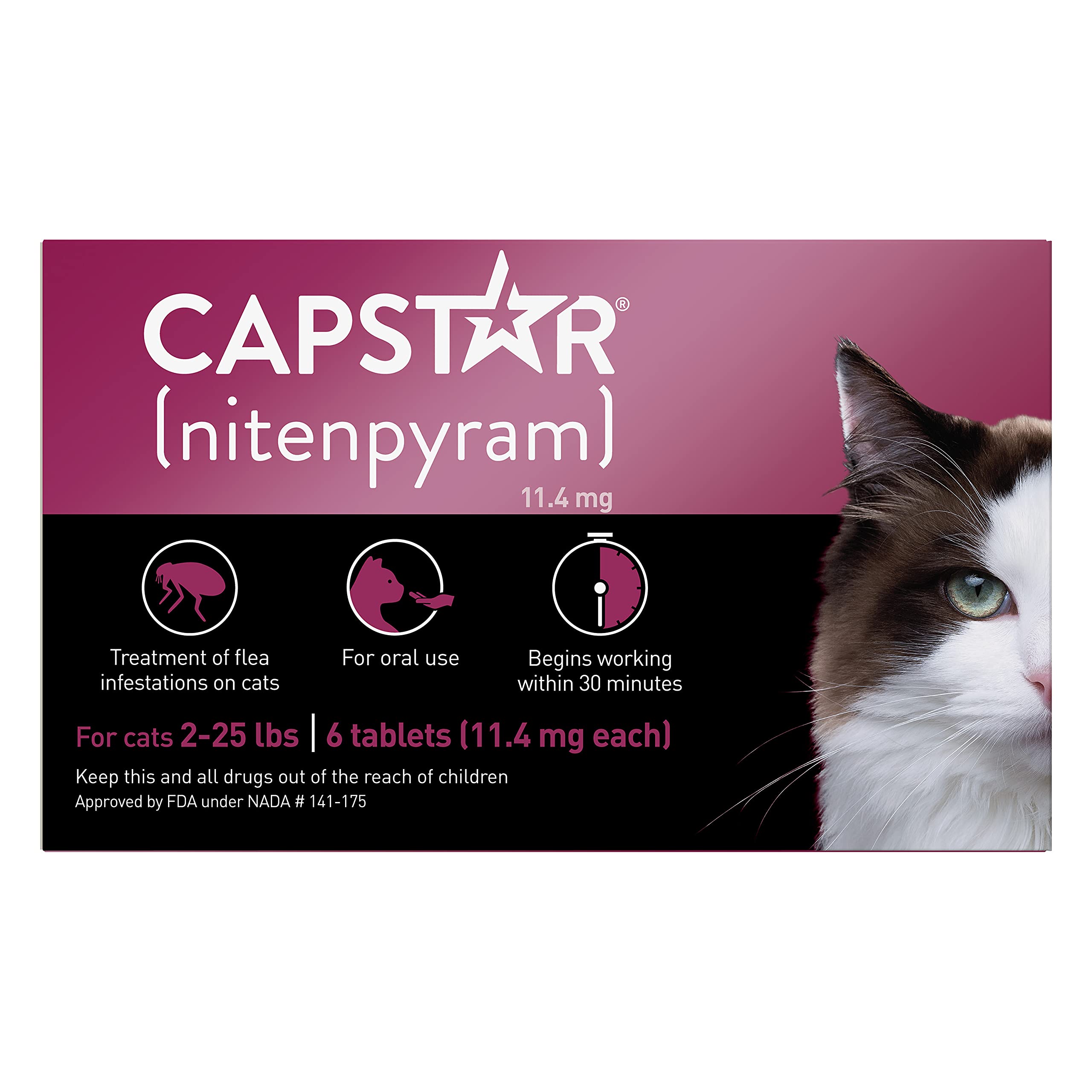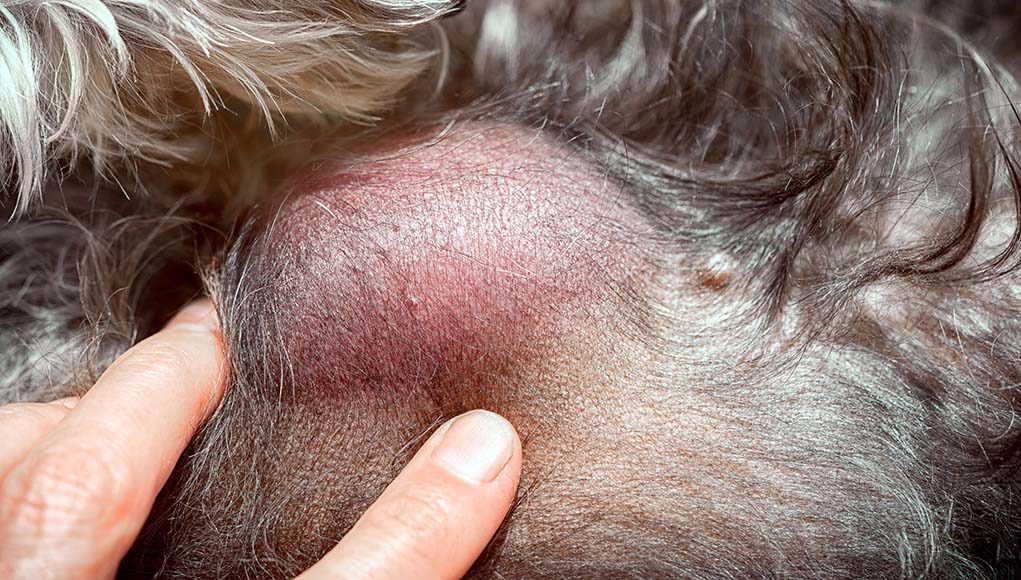The cat is one of the most popular pets in the world. Despite this, many people are allergic to cats. It’s safe to assume you have because you’re reading this article! We understand. It’s nearly impossible to resist the adorableness of cats. You have to pet them when they sleep in their cat houses, play on their cat tree, or rub their cute body against your legs! If you have cat allergies, one of the most common questions you have is how to get rid of cat allergies naturally. Fortunately, there are remedies and tips you can use to alleviate your cat allergy.
Cat allergies cause a slew of problems, including allergic rhinitis, conjunctivitis, and skin rashes. The animal secretes the Fel d1 protein. But one thing is certain: you can take steps to reduce your allergy symptoms. Here are some great natural ways to get rid of cat allergies.
What Is the Cause of Cat Allergies?
Cat allergies affect about 10% of the US population, and if you’re reading this, you’re probably one of them. Unfortunately, the underlying cause of why humans develop allergies remains unknown, but symptoms can arise in response to a variety of allergens, including cats.
Cat allergens are typically caused by the Fel d 1 protein that your cat produces. These can be found in your cat’s body, cat dander (small skin flakes that are typically attached to hair), saliva, or urine.
Your immune system has identified cat allergens as a threat to your body when you are allergic to cats. As part of a defense mechanism, when you come into contact with an allergen, your body releases chemicals such as histamine. Histamine aids in the removal of allergens from the body by causing reactions such as sneezing, coughing, and a runny nose.
What Are the Signs and Symptoms of Cat Allergies?
To learn how to get rid of cat allergies naturally, you must first learn to recognize your symptoms. Allergy symptoms and allergic reactions can vary, so knowing what you’re experiencing is critical. Here are some of the most common symptoms you may experience when you come into contact with cats:
- Runny nose
- Itchy or watery eyes
- Constant sneezing
- Coughing
- Congestion in the nose
- Itching or hives on the skin
- Breathing difficulties or wheezing
Many of these symptoms are typical of any pet allergy, including dog allergies. Cat allergies, on the other hand, are more common among Americans. Keep track of your symptoms and when they occur to get a better idea of what’s causing your allergies.
How to Get Rid of Cat Allergies Naturally
Dealing with cat allergies can be difficult, especially if you adore your feline companion. Cat allergies are caused by an allergy to the Fel d1 protein, which is found in cats’ saliva and skin. Sneezing, watery eyes, congestion, and itchy skin or rashes are all symptoms of allergies. If you’ve been experiencing these symptoms but don’t want to give up your beloved pet, you do have options! This section contains a comprehensive list of all the natural methods for treating cat allergies.
#1. Keep your cat away from your bed.
This can help to keep allergens off your bedding. As adorable and cuddly as your cat is, sleeping with your cat on the bed can aggravate your allergies. To keep your allergies at bay, keep your cat away from your bed and bedding. Provide a comfortable cat bed or a cat tree for them to sleep in at night.
You should think about keeping your cat out of your bedroom entirely. To make your room allergy-free, keep them in a separate room when you sleep.
If your cat dislikes being separated from you at night or refuses to sleep in their cat bed, try placing a blanket or piece of clothing that smells like you in their bed. You could also leave plenty of toys for them to play with to keep them occupied.
#2. Regularly wash your bedding.
It should be washed once a week at a temperature of at least 130 °F (54 °C). Even if your cat does not sleep on your bed, the allergens it emits can end up on your sheets. Washing your comforter, sheets, and pillowcases in warm water once a week can help you naturally get rid of dander and other allergies caused by your cat.
If you have upholstered furniture, you should clean it at least once a week. Vacuum the surface of the upholstery for a basic clean (including the cushions). This will remove any debris, dust, or allergens.
#3. Make use of a HEPA air purifier.
These can aid in the removal of dander and dust from the air. When cats emit Fel D1 proteins, the particles quickly become airborne. Install HEPA air purifiers throughout your home to avoid breathing in these allergens.
If you can’t afford a HEPA air purifier for every room, keep one in the rooms where you spend the most time, such as your bedroom and living room.
#4. Use a HEPA filter to vacuum.
Vacuum 1-2 times per week to keep allergens at bay. Vacuuming frequently can help you remove dust, dander, and other allergens that may be aggravating your cat allergies. Choose a vacuum with a HEPA filter to capture even the smallest particles. Wear a mask while vacuuming if your allergies are particularly bad.
#5. Dust your home at least once a week.
Dust accumulation could be the source of your allergies. Furthermore, dust contains a variety of potentially harmful particles, such as dust mites and cat dander. Dust each room in your home on a regular basis to keep dust buildup at bay. You could also try decluttering your home to keep dust at bay.
Dust and wipe down surfaces such as your dresser, tables, and counters on a regular basis. When wiping them down, spray them with a multi-purpose cleaner to keep the surfaces extra clean.
#6. Consider using a natural anti-allergen spray.
These sprays are intended to remove cat dander. Purchase a cat-specific anti-allergen spray online or at your local pet store. Then, according to the label, follow the instructions. These products are usually safe to spray directly on surfaces and in the air.
#7. Clean the litter box twice a week.
This is an excellent natural method for treating cat allergies. Dust mites can quickly accumulate in a dirty litter box. To prevent your allergies from worsening, scoop out any urine or feces and replace it with fresh litter twice a week. If you have several cats, you should clean the litter box every other day.
If you share care for your cat with a partner or roommate who isn’t allergic to cats, ask them to clean the litter box for you. Also, if you are the sole caregiver for your cat, wear a mask while cleaning to limit your exposure to allergens.
#8. After petting your cat, wash your hands.
Touching your cat may aggravate your symptoms. Wash your hands thoroughly after petting or snuggling your cat. Avoid touching your face or eyes, as this can cause dander to accumulate in your eyes or on your skin.
#9. Bathe your cat on a regular basis to keep it clean.
To reduce allergens in their fur, use cat-safe shampoo. Cats shed old skin cells in their fur, causing dander to build up and be released into the air. Purchase a cat-safe shampoo to avoid this additional source of allergens. To be safe, consult your veterinarian first to determine which shampoo is best for your cat or kitten. Then, once a week, give your cat a bath.
Kittens frequently require a different shampoo than adult cats. Read the label to see if the shampoo you’re considering is suitable for your cat. Washing your cat twice a week can reduce the number of allergens it produces by 84%.
#10. Use a neti pot to keep allergies at bay.
This can aid in the relief of congestion and mucus buildup. To begin, prepare a saline solution by combining 1 cup (240 mL) of sterilized water (boil and cool if using tap water), 0.5 teaspoons (3 grams) of salt, and 0.5 teaspoons (2.5 mL) of baking soda. The solution should then be poured into the neti pot. Drip the mixture into your nostrils using the neti pot’s spout. Allow the water to drain through the opposite nostril or your mouth. To alleviate your symptoms, repeat the process 2-3 times per day.
After using the neti pot, blow your nose to remove any remaining mucus. If you don’t have a neti pot, you could use a squeeze bottle instead.
#11. Try out natural antihistamines
Quercetin and stinging nettle may help you get rid of your cat allergies naturally. Quercetin is a flavonol found in fruits and vegetables that have been shown in studies to reduce allergy and asthma symptoms. Increase your intake of broccoli, apples, or grapes to alleviate allergy symptoms.
Some sources claim that stinging nettle capsules can help reduce allergy symptoms, but more research is needed to prove that this is a good way to treat allergies. Before purchasing stinging nettle capsules to treat your allergies, consult your doctor. Then, follow the dosage instructions on the label (or by your doctor if their recommendation is different).
#12. Neuter or spay your cat if they aren’t already.
When cats are spayed or neutered, they produce fewer allergens. If your cat hasn’t had the procedure yet, talk to your veterinarian about scheduling one. Spaying and neutering your cat has numerous health benefits, and it will help you both coexist in a less allergenic home.
Are Herbal Remedies Available?
If you’re looking for a natural remedy, look for stinging nettle, butterbur, spirulina, or quercetin at your local natural health store. Herbal remedies may help alleviate some of your allergy symptoms, but they are not guaranteed to be effective.
Before using any natural supplements, consult your doctor. It is critical to understand the potential side effects and whether there are any interactions between the supplement and any current medications you are taking.
What About Allergy Medications?
Some people treat their allergies with over-the-counter medications. Medications such as Tylenol or Ibuprofen may be beneficial, particularly if your symptoms are not severe. Taking a pill may relieve your symptoms and eliminate the need for further treatment.
However, if you’ve never taken any medications to treat your cat allergy, you should speak with a doctor first. Cleaning the litter box, using multi-purpose cleaners on surfaces, and deep cleaning your house are less invasive to your body. Before beginning any new medication, consult with your doctor.
Can You Speak with an Allergist?
While natural treatments may help some allergy allergies, they do not provide enough relief for many. If you’ve tried natural remedies and still need allergy relief, speak with a specialized doctor about your cat allergies. Allergists and allergy doctors can help you determine which allergens are causing your symptoms and recommend treatments.
Conclusion
While trying to get rid of cat allergies naturally or with other pets can be frustrating, they can be managed. Managing allergens in the home, on the other hand, is not for everyone. Keeping allergens under control takes time and energy, as well as extra cleaning steps on a regular basis.
Consider areas in your home where cat dander may accumulate, such as air vents and fan blades. You will be able to effectively control allergens in your home if you identify as many places as possible where your cat’s dander may get into.
Frequently Asked Questions
How can I stop being allergic to cats?
Management and Treatment of Cat Allergies
- Keep the cat out of your bedroom and confine it to a few rooms.
- If you must pet, hug, or kiss the cat, wash your hands thoroughly with soap and water.
- Continuous use of high-efficiency particulate air (HEPA) cleaners in a bedroom or living room can reduce allergen levels over time.
Can you make cat allergies go away?
Some people are fortunate enough to develop an immunity to cat allergies. While this is certainly possible, allergic reactions may worsen as exposure increases. It is also possible for someone who has never had a cat allergy to develop one.
Is there a vaccine for cat allergies?
The vaccine was administered at four one-week intervals. Patients with cat allergies must endure several injections, initially twice weekly, then every two weeks, under conventional treatment.
Why are so many people allergic to cats?
Most cat allergies are caused by a single protein that is found on the skin and in the saliva of cats. At least seven other cat proteins have been linked to human cat allergies. During grooming, a combination of these allergy-causing proteins accumulates on the cat’s fur and skin.






